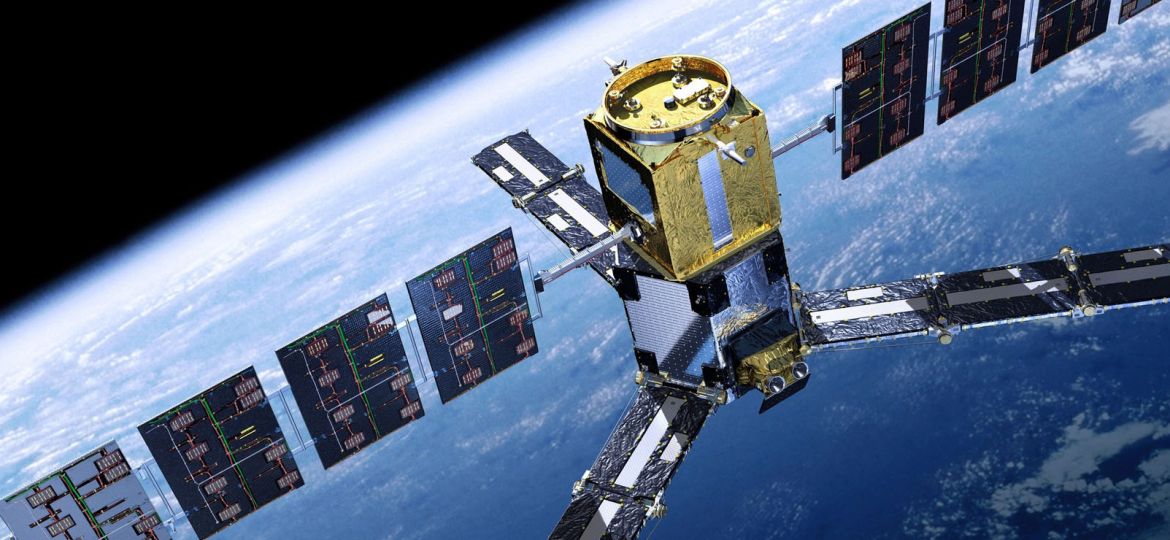
WHY THIS MATTERS IN BRIEF
- More and more of America’s adversaries realise the important role that space has to play in defence and they are increasingly launching their own systems to copy the US’ capabilities so the Pentagon is taking steps to re-dress the balance
As the weaponisation of space continues to increase, almost unabated, the US Air Force (USAF) and Pentagon have announced a new strategy to counter and defend themselves against space-war and anti-satellite attacks, service officials said on Monday.
Earlier this year, the service mapped out what they called a multi-dimensional space weapons defense plan, which was the result of several years of space focused analysis and research and in 2014 the service conducted a Space Strategic Portfolio Review where they re-assessed the US’ entire space “architecture”. Come 2015 and they’d completed a “space situational awareness” review highlighting the range of key space security issues which now form the foundation of todays’ strategy.
The idea, naturally, is to prepare the “US Space Enterprise” for a more threatening, high-risk “contested” environment as anti-satellite technologies proliferate around the globe and the US is investing a further $5.5 billion over the next five years to back the effort up – on top of the $2 Billion a year they already spend.
“Potential adversaries have taken notice of how we use space and have taken steps to replicate those capabilities for their own use and to devise capabilities to take them away from us if they ever got into a conflict with us,” said Winston Beauchamp, Deputy Under Secretary of the Air Force for Space.
While several countries are known to be making investments in the development of space weaponry, Chinese activities have engendered a particular concern among Pentagon leaders, analysts and threat assessment professionals.
The Chinese fired a land-based kinetic energy SC-19 missile at a satellite in space several years ago, an action which inspired worldwide attention and condemnation and Pentagon officials say the Chinese program is very advanced.
“As long ago as 2007, they launched an ASAT (anti-satellite) test of a low-altitude interceptor. They struck and destroyed a defunct Chinese weather satellite and created tens of thousands of pieces of debris,” Beauchamp explained. “Much of that debris is still in orbit today and it continues to imperil the US and other countries orbiting space.”
In response, the US Joint Space Operations Center (JSOC) has issued a warning to other countries which operate satellites to steer clear potentially damaging space debris.
Identifying the Chinese test-firing as “not a type of activity that we would deem to be responsible behavior,” Beauchamp explained that the Chinese have continued to conduct live-fire tests of ASAT weapons while avoiding repeated attacks on actual satellites.
The new US strategy relies on a number of key pillars, namely:
Disaggregation tactics which will see the US deploy multiple satellites that can carry both conventional and nuclear systems, Diversity tactics which aim to use multiple satellites to achieve the same goal which includes fielding “US equipment that can use both GPS and Europe’s Galileo navigation system,” which, for example would allow US forces to use allied assets if US satellites were disrupted or destroyed by enemy attack. Distribution tactics which are designed to optimise the spread of satellites in space so no one attack could take them all out, and then finally Deception tactics so that potential adversaries are not aware of which satellites perform certain functions.
“There is no one node that is invulnerable to attack,” a senior Air Force official said.
Finally Proliferation and Protection are also part of the strategic initiative – these involve deploying multiple satellites to perform the same mission and taking specific technical steps to “harden” satellites against attacks. While many of the specifics of these techniques are secret, officials do acknowledge they are likely to contain various countermeasures, investments in remote sensing technologies and maneuverability tactics.
In addition to the above, and with all this in mind, the Pentagon and the various services are also making progress developing position navigation and timing technologies which can operate in what is called a “GPS denied” environment.
















